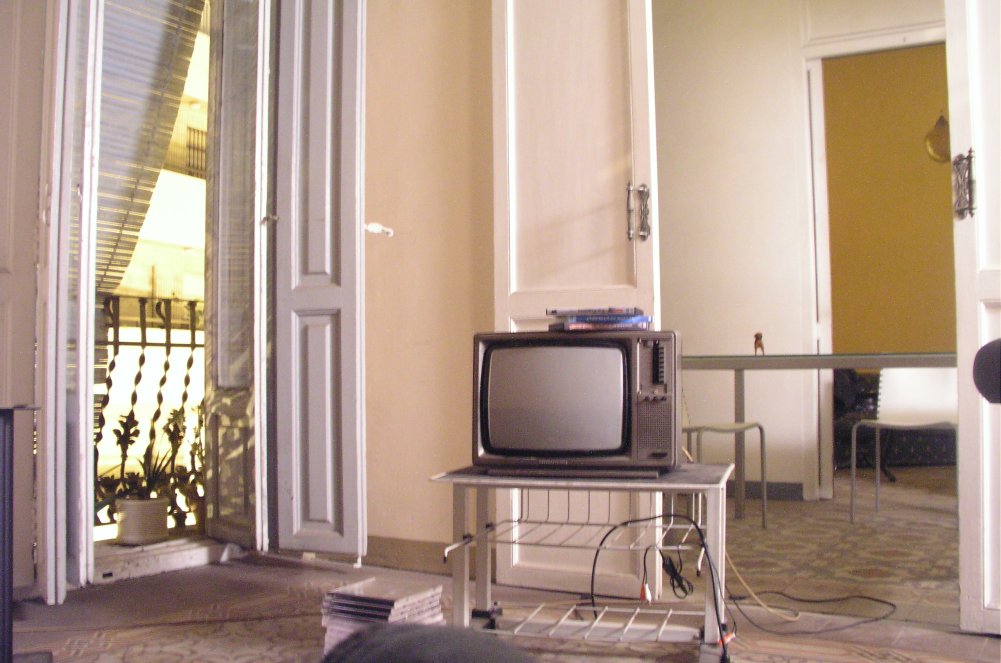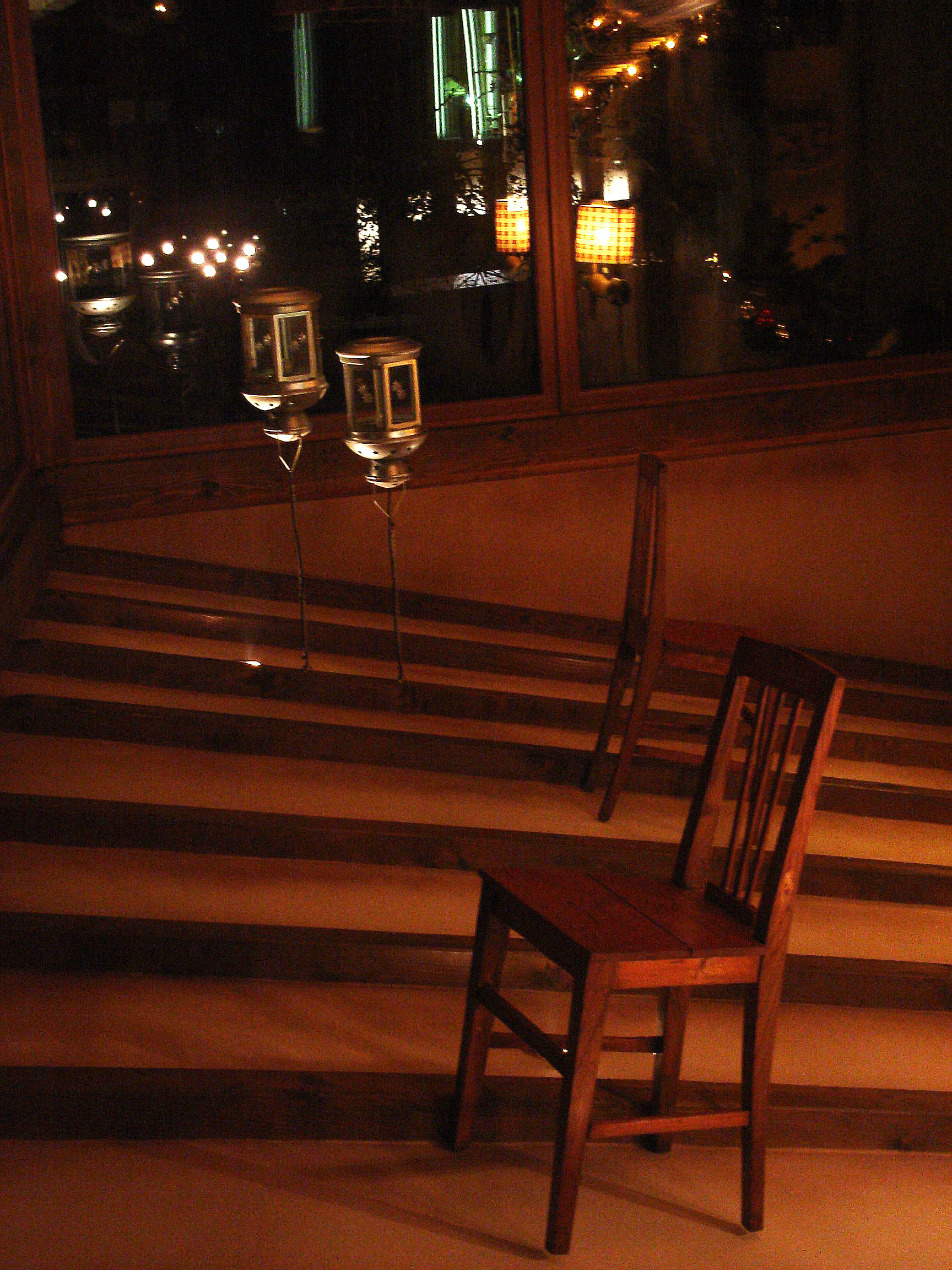
Masking tape has a wide variety of uses and it is manufactured with different degrees of stickiness for different jobs. The degree of stickiness is called the tack level.
There are many categories of tape. Some of these are:
Low tack tape, which is used on delicate surfaces. Too much tack will damage the surface, pulling off paint and even plaster upon removal. Low tack tape usually gives clean removal for up to 24 hours.
General purpose tape. This can used on multiple surfaces. It usually gives clean removal for up to 30 hours.
Lacquer tape. This tape is highly adhesive. It is designed specifically for use with lacquer coatings. It works for rough surfaces such as stucco, concrete and wood. It can be cleanly removed for up to three days
Professional finish tape, which can used on multiple surfaces. It usually gives clean removal for up to 14 days.
Some tapes are also different because they are built specially to cover curved and uneven surfaces. If you can get that tape, it will help you cover a curve more easily. 3M’s scotch tape does this.
Manufacturers, by brand, include Duck, 3M, Scapa, Faithfull, Toolstation and Ultratape. You can also get non-branded tapes. Tapes can be bought at the hardware or over the Internet.
Read the label of the tape. The label will usually state whether the tape is for use on multiple surfaces or only on a specific type of surface. It will also state how long you can get clean removal for, with that type of tape.
For optimum results:
Select the right type of tape.
Paint away from the tape, rather than towards it.
Keep in mind that all tapes have an optimum period for removal. After that time it will not lift from the surface as easily.
Remember, in summary, for painting clean edges you want a tape that will
Be removed cleanly.
Be removed without carrying some of the surface with it.
Get to it!
There are many categories of tape. Some of these are:
Low tack tape, which is used on delicate surfaces. Too much tack will damage the surface, pulling off paint and even plaster upon removal. Low tack tape usually gives clean removal for up to 24 hours.
General purpose tape. This can used on multiple surfaces. It usually gives clean removal for up to 30 hours.
Lacquer tape. This tape is highly adhesive. It is designed specifically for use with lacquer coatings. It works for rough surfaces such as stucco, concrete and wood. It can be cleanly removed for up to three days
Professional finish tape, which can used on multiple surfaces. It usually gives clean removal for up to 14 days.
Some tapes are also different because they are built specially to cover curved and uneven surfaces. If you can get that tape, it will help you cover a curve more easily. 3M’s scotch tape does this.
Manufacturers, by brand, include Duck, 3M, Scapa, Faithfull, Toolstation and Ultratape. You can also get non-branded tapes. Tapes can be bought at the hardware or over the Internet.
Read the label of the tape. The label will usually state whether the tape is for use on multiple surfaces or only on a specific type of surface. It will also state how long you can get clean removal for, with that type of tape.
|
For optimum results:
Select the right type of tape.
Paint away from the tape, rather than towards it.
Keep in mind that all tapes have an optimum period for removal. After that time it will not lift from the surface as easily.
Remember, in summary, for painting clean edges you want a tape that will
Be removed cleanly.
Be removed without carrying some of the surface with it.
Get to it!
You may also like these articles:
Things to do in Osaka Japan in the Summer
Japanese Samurai Culture Lives on Through the Arts
Tall Ikebana Designs and Full Moon Ikebana Containers






